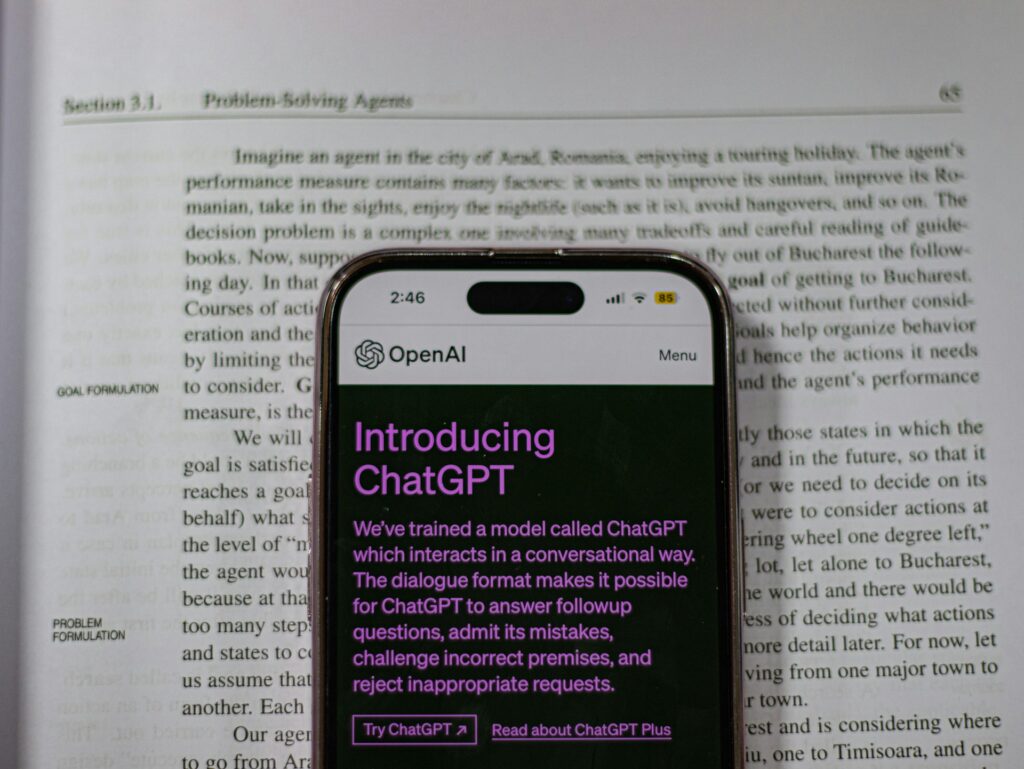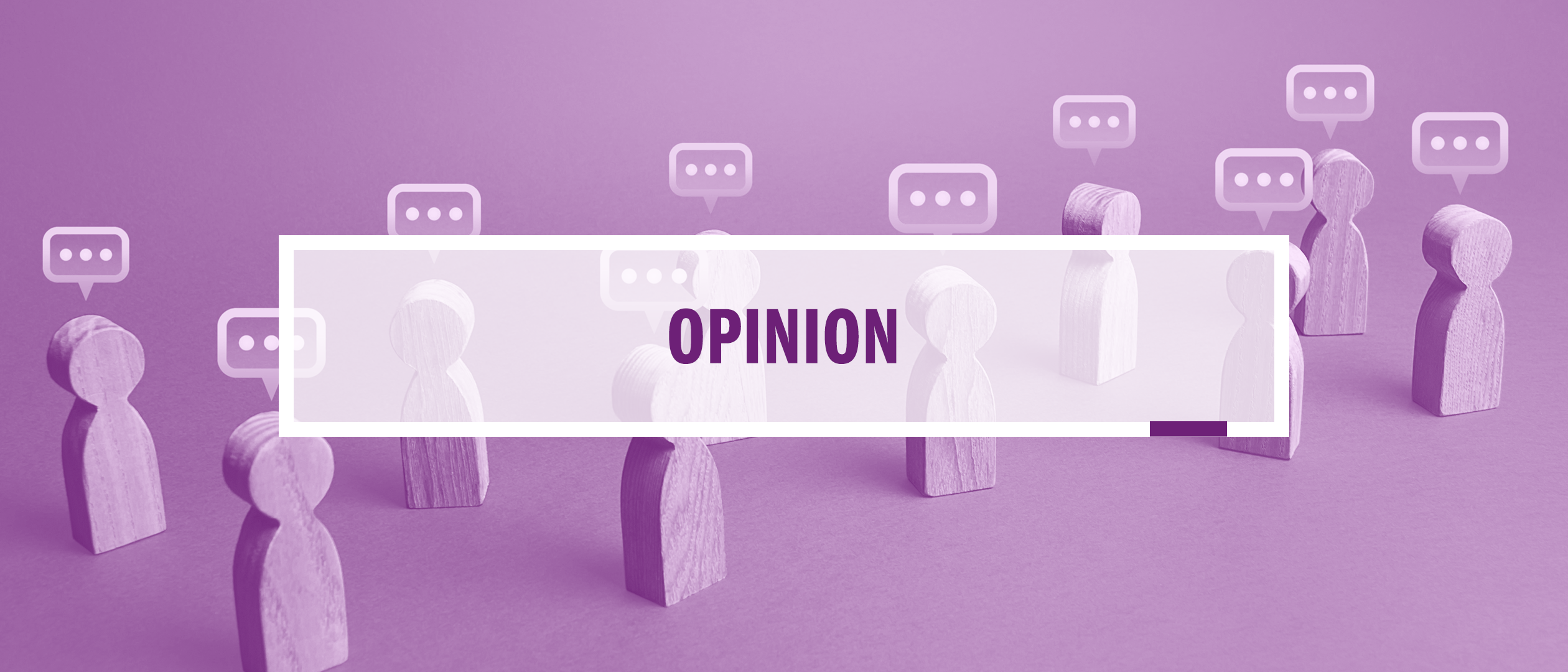News Team member Stephanie Oehler describes how the online "trad-wife" aesthetic fuels the flames of the anti-vaccination movement during the second-largest measles outbreak of the 21st century.
Artificial Intelligence Will Save Lives in Healthcare
Though people fear it, introducing AI to healthcare will help diagnosis, relieve paperwork, and cut costs.
By Jeeya Sharma
In 2016, doctors in Japan faced a puzzle: They treated a 60-year-old woman’s supposed acute myeloid lymphoma, but her disease was not responding to therapies. Frustrated, they ran her case through Watson, an IBM artificial intelligence (AI). This AI is an open-domain question–answer system with natural language capabilities. The program compared the woman’s genetic profile against information in 20 million clinical oncology studies— and within 10 minutes, identified her condition as a rare form of leukemia. That diagnosis saved her from inappropriate treatment— and the AI— saved her life.
Recently, AI has been a hot topic in the media, stirring both excitement and concern among the public. According to statistics from the Pew Research Center, 52% of Americans are worried, 36% are unsure, and only 10% are excited about AI in their daily lives. A major focus of the AI conversation centers on its role in healthcare. Many worry that AI advancements in disease management might replace healthcare workers, yet this concern is misplaced. On the contrary, AI will help physicians do their jobs better. Collaboratively, clinicians and AI developers can effectively integrate AI in healthcare.

A long history of computer use
AI’s origins trace back to 1950 when British scholar Alan Turing proposed the idea of machines using logic to solve problems. AI, thus, refers to machines that simulate human cognitive capabilities to perform learning, reasoning, and decision-making tasks. The first chatbot, Eliza, was introduced in 1964, 58 years before a popular modern chatbot, ChatGPT. In those decades, AI has come a long way. Machine learning, neural networks, deep-learning algorithms, large learning language models, and natural language processing models have expanded AI’s abilities.
The use of AI in healthcare is also not new. By 1976, there was already a consultation model that could advise physicians on individualized care for glaucoma patients. The 2000s were marked by significant advancements in AI. Watson was developed in 2007. AI models like Watson can process scores of data at unmatchable speeds. As such, AI tools can be trained on patient medical imaging, health record, and clinical data to teach them how to identify a variety of disease markers. These AI models could then support disease diagnosis and management decision-making.
“There is a certain inevitability to the use of AI in healthcare,” says Anant Madabhushi, a professor in the department of biomedical engineering at Georgia Institute of Technology and Emory University, and executive director of the Emory Empathetic AI for Health Institute.
AI can help guide both preventative and therapeutic measures for patient care. Take, for example, the use of convolutional neural networks, which mimic the connective neuronal structure of the human brain, in AI analysis of images: magnetic resonance images (MRI), multi-organ x-ray imaging, and brain computed tomography (CT) scans. This function can assist clinical care in many ways. For example, AI’s ability to analyze medical images allows for precise stratification of cancer risk across diverse patient groups. As demonstrated by the Watson-aided cancer diagnosis, AI has also become adept in assisting in diagnostic and therapeutic care for cancer — whether it be blood, breast, lung, colon, prostate, or brain cancer. To this end, AI may actually be better at detecting cancer than physicians, so it can be a powerful tool to fine-tune medical practices.
Medical errors account for tens of thousands of deaths annually in the United States. Studies have shown that AI can improve patient safety outcomes in many areas, including diagnosis accuracy, drug management, and patient stratification, It is an unavoidable reality that humans are unable to process and store millions of datapoints within minutes. But because AI can, physicians can leverage these tools to avoid preventable deaths.

Forestalling medical errors
AI also offers the possibility of changing the mix of tasks healthcare workers must perform, freeing up time for direct patient care. Physicians and healthcare workers spend a significant amount of time taking notes, which takes away valuable time spent making productive and meaningful conversations with patients. This administrative burden on physicians can negatively impact patient care. However, 75% of healthcare facilities that used AI attested to improved patient care in an MIT study. Four out five staff also agreed that AI’s use reduced their employee’s fatigue. With the development of AI-assisted medical notetaking, doctors can enter patient rooms to converse with and listen to their patients free of distractions. Thus, AI can increase the human touch within healthcare.
AI can also enhance connection in healthcare by supporting virtual healthcare. Telemedicine, video-based medical care, can be an AI-powered tool that has potential to remove physical or other barriers that prevent patients from receiving the care they need. This improvement can look like chatbots that use natural language processing models to quickly answer patient questions using information from their electronic health records. Or it can look like real-time analysis of doctor-patient interactions. This analysis could provide customized AI-generated recommendations and feedback to the physicians for improving care both virtually and in-person.
“Even if you are the best communicator, you don’t hear everything patients say. Maybe they are trying to say they’re very lonely, but you don’t get it,” says Selen Bozkurt, an assistant professor in the Emory department of biomedical informatics, “But, if an AI model is trained in a more multitude of multiculturally-sensitive ways, it can say that ‘oh, by the way, doctor, listen, these patients give signals for loneliness.’” As such, AI can be developed to support doctor-patient conversations.
This improvement in dialogue between physicians and their patients can transcend spoken communication. AI can also act as a channel of communication for patients who face profound challenges in doing so. A paralyzed woman, for instance, was able to communicate merely through her thoughts through AI-powered speech-decoding and virtual avatar generation.
AI models may also make healthcare cheaper. By increasing the efficiency of diagnostic tools and reducing administrative task loads, automation may save both healthcare facilities and patients millions. Furthermore, remote monitoring could mitigate lengthy and costly visits to the hospital. AI, therefore, has the potential of increasing accessibility to healthcare by making it more affordable.

Watching for overwork and bias
It seems clear that AI brings a multitude of opportunities to healthcare, and they should be developed and explored further. However, that is not to say that AI use in healthcare should not be regulated. In fact, installing the proper safeguards early in AI’s development will ensure a better future for all. The Biden Administration has already started putting regulations into place regarding transparency in AI use risk by terrorists. In healthcare, AI carries other risks.
Unfortunately, AI can inherit the bias of its human creators. Although “AI doesn’t bring this problem, AI magnifies it,” Selen Bozkurt says. AI trained on homogenous datasets mirrors a history of healthcare research that disproportionately includes men of European descent while neglecting other patient populations in its studies. AI based tools are unable to extrapolate information beyond what they have already been given. Therefore, AI tools that are trained on datasets that lack representation of diverse populations can produce problematic results. After all, AI is what we make of it. Overlooking this fact can cause considerable harm.
Initiatives that address racial, socioeconomic, and gender biases in AI development are starting to grow across the country. For example, the Emory Empathetic AI for Health Institute aims to promote inclusivity in AI based clinical care to advance health equity. Designing AI to be inclusive is crucial. By doing so, AI can, in turn, be used to improve the disparities in the field of medicine. For instance, AI can actually help in ensuring that clinical trials are designed to be accurate and represent different patient populations. As such, as we enter the age of artificial intelligence, Anant Madabhushi says that “we’ve got to make sure that it works credibly, it works accurately, it works safely, and most critically, it works ethically and equitably.”
The number of advancements that AI can bring is overwhelming. The number of alarms and notifications it can bring is also overwhelming. Healthcare workers may also agree. Many of these workers are already burdened using electronic health records. Thus, it is critical to streamline AI tools to optimize their usability in the medical field. That way, healthcare workers and patients can reap the full benefits of these new technologies.
AI can assist physicians in providing more comprehensive and accurate preventative, diagnostic, and managing care. AI also shows potential to enhance human interaction in healthcare rather than replace it. In these ways, AI has the potential to aid healthcare workers in making patient care more accurate, human, and accessible. “The opportunities are obviously tremendous,” Madabhushi says.

